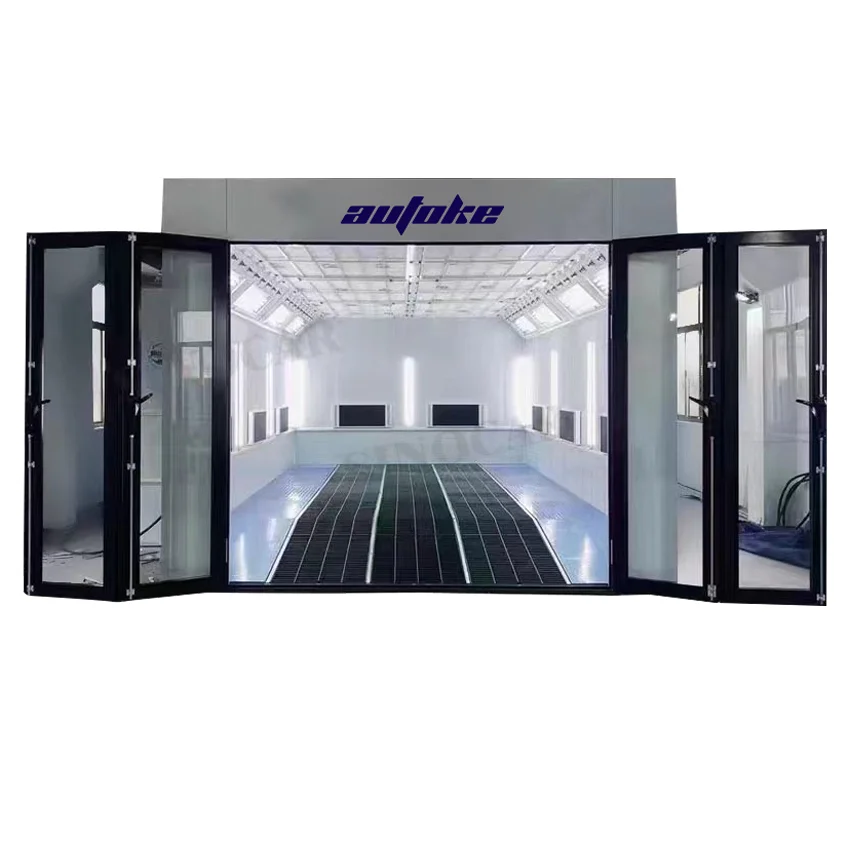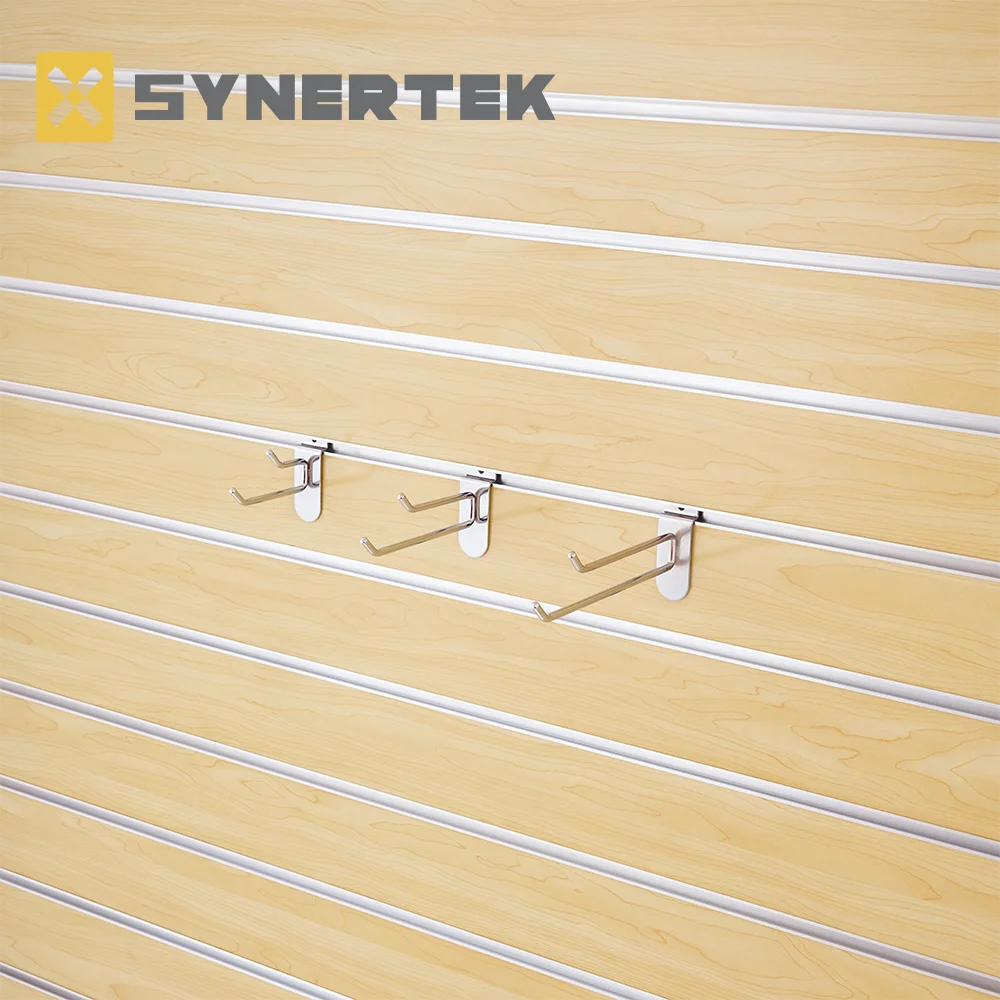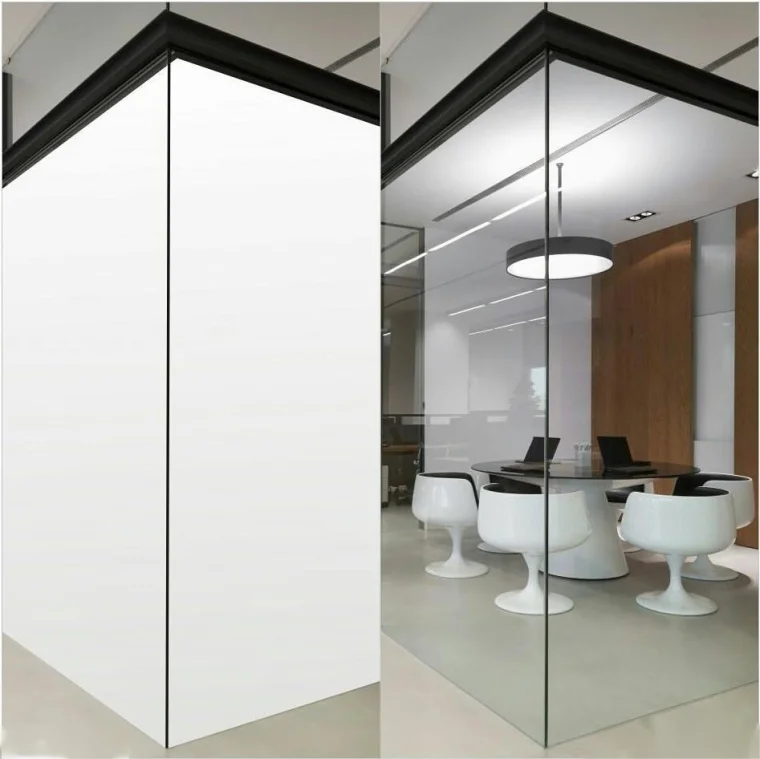The Science Behind Roof Thermal Insulation: Creating a Comfortable and Energy-Efficient Home

Roof thermal insulation plays a crucial role in creating a comfortable living environment while reducing energy consumption. In this article, we will delve into the science behind roof thermal insulation, exploring its benefits, different insulation materials, and installation techniques. Whether you are a homeowner looking to improve energy efficiency or a construction professional seeking in-depth knowledge, this article will provide you with valuable insights.
- Understanding Roof Thermal Insulation:
Roof thermal insulation refers to the process of reducing heat transfer between the interior and exterior of a building through the roof. It helps maintain a stable indoor temperature, minimizing the need for excessive heating or cooling. By preventing heat loss during winter and heat gain during summer, roof insulation significantly improves energy efficiency and reduces utility bills. - Benefits of Roof Thermal Insulation:
2.1 Energy Efficiency: Properly insulated roofs can reduce energy consumption by up to 30%. This translates into substantial cost savings and a reduced carbon footprint.
2.2 Enhanced Comfort: Insulation minimizes temperature fluctuations, creating a more comfortable living or working environment throughout the year.
2.3 Noise Reduction: Insulation materials with sound-absorbing properties can effectively reduce external noise pollution, enhancing the tranquility of indoor spaces. - Types of Roof Insulation Materials:
3.1 Fiberglass Insulation: Made from fine glass fibers, fiberglass insulation is a popular choice due to its affordability and excellent thermal performance. It is available in batts, rolls, or loose-fill forms, making it versatile for various roof structures.
3.2 Cellulose Insulation: Derived from recycled paper or plant fibers, cellulose insulation is an eco-friendly option. It provides effective thermal insulation and has excellent soundproofing properties.
3.3 Spray Foam Insulation: This insulation material is applied as a liquid that expands and hardens into a solid foam, creating an airtight seal. Spray foam insulation offers superior thermal resistance and can be used in hard-to-reach areas.
3.4 Reflective Insulation: Reflective insulation utilizes reflective surfaces to redirect radiant heat away from the roof. It is particularly effective in hot climates, reducing cooling costs. - Installation Techniques:
4.1 Unvented Roof Assembly: This technique involves placing insulation on top of the roof deck, creating a thermal barrier between the roof and the living space. It is suitable for buildings with conditioned attics or flat roofs.
4.2 Vented Roof Assembly: In this method, insulation is installed between the roof deck and the ceiling, allowing for proper air circulation. It is commonly used in sloped roofs with attics.
4.3 Hybrid Roof Assembly: Combining elements of both unvented and vented assemblies, hybrid roof insulation provides flexibility and can be tailored to specific building requirements.
Conclusion:
Roof thermal insulation is a vital component in creating energy-efficient and comfortable living spaces. By understanding the science behind it, selecting the appropriate insulation materials, and employing the right installation techniques, homeowners and construction professionals can optimize energy usage, reduce costs, and contribute to a sustainable future. Invest in roof thermal insulation today and enjoy the benefits of a well-insulated home.



